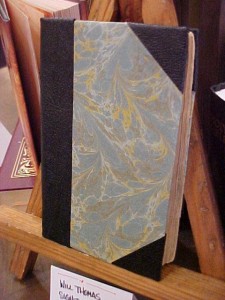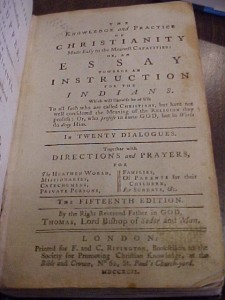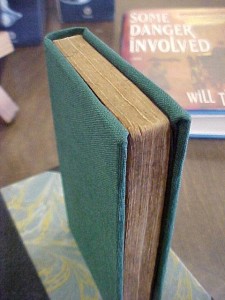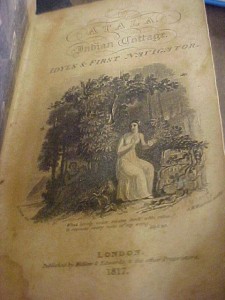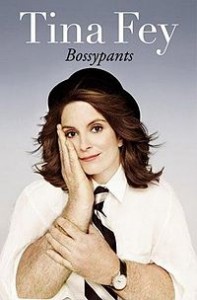My eleven-year-old did something this morning he’d never done before: he rolled down the car window. The morning fog had settled all over the glass and I couldn’t see the passenger-side mirror.
“Do I just move it this way?” he asked, pointing to the hand crank. After I nodded, he flew to the task and worked the glass down and back up, clearing off the collected condensation that was blocking my vision.
When I bought the car, I searched for one that had manual door locks and windows, having had multiple bad experiences with electric motors and switches. As a kid growing up, I’d missed most of the fancy Johnny-come-lately options installed in the more expensive cars. On the other hand, he’d never been in a car that DIDN’T have a button to push for just about everything. The first time he’d seen me crank down the driver’s window, he laughed and asked me what I was doing – that flurry of arm and elbow activity threw him for a loop.
The task must have been undertaken in some other manner in the really “old days,” or else I suppose I would have asked him to “crank” the window. As a society, I don’t think we do a lot of cranking anymore. I have no idea how it came to be called “rolling the window down” in our family. There isn’t a lot of rolling involved. These days, it’s mostly the rolling of eyes at the idea of manually moving a car window up or down.
Car windows aren’t the only thing, I suppose. Teachers still explain how to tell time on an analog clock, but I wonder – for how long? The skills needed to type on a manual typewriter are unknown to a significant percentage of Americans, who will never in their lives need to know what the carriage-return bell signifies or how to set the tab-stops. How many younger folks have ever been confronted by a telephone that had a rotary dial instead of buttons?
Some of the old skills still apply, at least to some degree. I’ve had cashiers count back change the old-fashioned way, beginning with the total due and adding the coinage and dollars until they reached the amount of the bill presented. The majority simply let the cash register display the change due, and hand the pile over while announcing the amount.
Progress renders one set of skills important and others obsolete.
Concerning books, the lessons about how to turn pages are so simple as to be understood. Downloading an eBook onto a Kindle or Nook – now that’s another thing.
And I’d never be so foolish as to challenge an eleven year old to a videogame competition.
